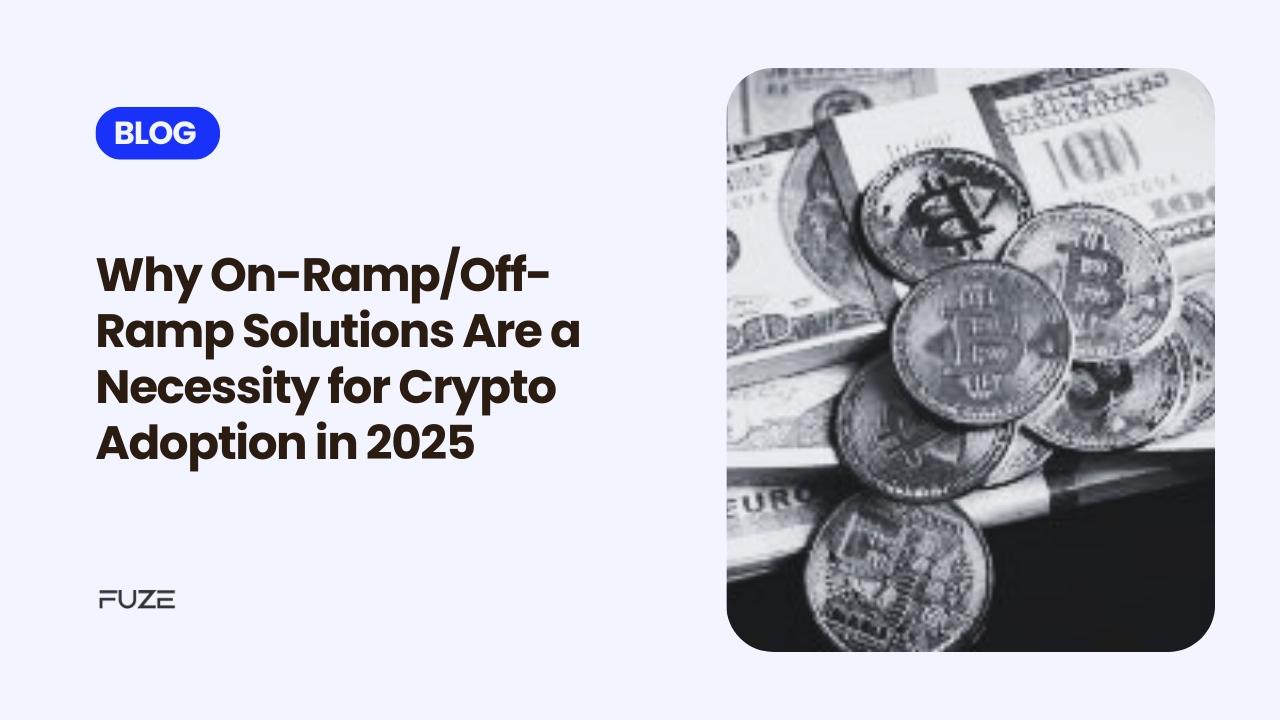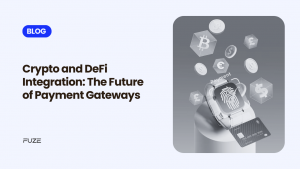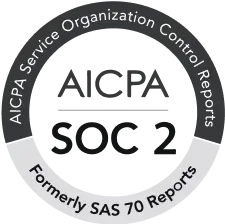The world of cryptocurrency has been rapidly evolving over the last decade, from being a niche technology to a mainstream financial tool. With innovations in blockchain, decentralized finance (DeFi), and non-fungible tokens (NFTs), the use cases for cryptocurrencies are more varied than ever before. However, despite this progress, one major hurdle remains: enabling users to seamlessly convert their traditional currencies into cryptocurrencies (on-ramp) and vice versa (off-ramp).
As we move ahead, the role of crypto on-ramp and off-ramp solutions will be crucial to mass adoption. They are not merely technical components of the crypto ecosystem but vital enablers of the user experience. Without them, the transition between the traditional financial system and the decentralized world of digital assets would be complex and ultimately limiting. In this blog, we’ll explore why on-ramp and off-ramp solutions are essential for crypto adoption in 2025 and beyond.
What Are On-Ramp and Off-Ramp Solutions?
Before diving into the reasons why these solutions are so crucial, it’s important to define them.
On-Ramp:
On-ramp solutions are the processes and tools that allow users to convert their traditional fiat currencies, such as USD, EUR, or AED, into cryptocurrencies like Bitcoin, Ethereum, or stablecoins. This is usually done by using a platform or service that supports direct deposit, credit card payments, bank transfers, or other forms of transaction to purchase digital assets.
Off-Ramp:
Off-ramp solutions enable users to exchange their cryptocurrencies back into fiat currencies. This can include services such as cryptocurrency exchanges or peer-to-peer platforms that enable users to sell their digital assets and withdraw the proceeds to their bank accounts.
These two kinds of services serve as a basic gateway between the world of cryptocurrency and the rest of the financial system. The service makes entering and exiting the crypto market simple and easy for a wide range of consumers, be it an institutional user or an investor.
- Bridging the Gap Between Traditional Finance and Crypto
One of the most significant obstacles to mass adoption for cryptocurrencies has been their isolation from traditional financial systems. People are used to transacting and investing in fiat currencies. Until very recently, switching between traditional money and digital assets was usually a complex and costly process with limited user-friendly options.
On-ramp and off-ramp solutions represent the connection between these two worlds. They provide convenient entry and exit points to the crypto ecosystem for everyone. For example, a user who wants to buy Bitcoin to hedge against inflation or a company looking to accept payments in cryptocurrency will benefit from straightforward on-ramp solutions. Similarly, when someone wishes to cash out their crypto profits into their local currency, a smooth off-ramp experience is equally essential.
With such a seamless fiat to crypto integration, these solutions are going to make cryptocurrency practical enough, bringing it one step closer to the mainstream.
- Enabling Mass Adoption Among Everyday Users
Although adoption has skyrocketed over the past few years, it’s largely been from tech-savvy investors, institutions, and early adopters. The next wave of adoption will rely on people who may not even be familiar with blockchain technology or digital assets. For them, buying, selling, and using crypto needs to be as easy as using their debit or credit cards.
In 2025, on-ramp and off-ramp solutions will need to be even more user-friendly than ever. For example, someone who wants to buy cryptocurrency should be able to use familiar methods like debit cards, credit cards, or bank transfers with minimal friction. Similarly, when cashing out, users will need to quickly convert their crypto to fiat and transfer the funds to their bank accounts or payment platforms without excessive fees or delays.
There will be an increase in focus on improving user interfaces, reducing complexity, and lowering the barriers to entry as the crypto ecosystem continues to evolve. These improvements are crucial for attracting the broader, less tech-savvy population that may be the catalyst for the next wave of crypto adoption.
- Compliance with Regulations and Increased Trust
As governments and regulators around the world continue to develop and implement laws around cryptocurrency, the need for compliant on-ramp and off-ramp solutions will grow. In 2025, regulatory clarity will likely be more widespread, with a focus on protecting consumers, preventing money laundering, and ensuring that cryptocurrency transactions adhere to anti-terrorism financing laws. As crypto becomes more mainstream, regulatory compliance will be a key factor in building consumer confidence and trust.
- Supporting the Rise of Digital Payments
In 2025, we are likely to see further expansion of cryptocurrencies in the realm of digital payments. Whether for everyday purchases or cross-border transactions, the ability to easily convert between crypto and fiat currencies will be crucial for the widespread use of digital assets in commerce.
It would particularly require on-ramp solutions for such purposes. For retailers and service providers who may wish to receive crypto, there must be an effortless means of changing received digital assets into fiat currency for them to settle such transactions. Conversely, consumers that spend crypto should have a clear and easy process of loading digital wallets with the relevant cryptocurrency.
On the off-ramp side, ease of cashing out crypto will ensure that value in digital assets can be realized in traditional forms of currency when needed. Fluidity in payments and currency conversion is critical to ensuring that crypto is seen as a practical, usable form of money, not just an investment asset.
- Facilitating Institutional Participation
Institutional investors have been looking to enter the cryptocurrency space, but there are many challenges in converting between fiat and crypto. Institutional investors require high levels of security, compliance, and liquidity, and they need robust on-ramp and off-ramp solutions to execute large transactions efficiently.
More financial institutions, hedge funds, and even central banks will engage with cryptocurrencies in 2025. Such entities require on-ramp and off-ramp services that are not only secure but can also handle large transactions quickly with minimal fees. On-ramp and off-ramp solutions, therefore, become very important to drive greater institutional adoption of digital assets by providing specialized services for institutional players.
- Lowering Barriers to Crypto Investment
For many people, the complexity of buying and selling cryptocurrencies remains a deterrent. On-ramp solutions that allow users to purchase digital assets with their traditional bank accounts, debit cards, or credit cards, coupled with off-ramp solutions that allow them to convert crypto back into fiat with ease, will lower these barriers. Therefore, investing in crypto assets becomes easier for people who wouldn’t have looked into it earlier due to this complexity.
Crucial here is having on-ramp and off-ramp solutions very simple, cheap, and as fast as feasible. Whether using a simple smartphone app, paying through popular channels, or joining forces with commercial banks, simplifying the transaction as much as possible will further encourage participation to be broader and more inclusive in nature.
- Crossing Borders
One of the most exciting use cases for cryptocurrency is its ability to facilitate cross-border transactions quickly and cheaply. Traditional remittance systems often involve high fees and delays, while cryptocurrencies offer a way to send money across borders in minutes with minimal cost.
On-ramp and off-ramp solutions are the keys to making this process seamless. If a user in one country can easily convert their fiat into crypto and send it to someone in another country, who can then convert it back into their own local currency, the potential for cryptocurrency to revolutionize global payments will be immense.
This will become very important in 2025 since emerging markets especially rely on crypto to skip the traditional infrastructure of finance. Solutions for off-ramps need to allow for easy accessibility by the recipient so that their funds can easily be converted to usable fiat currencies.
Conclusion
As we step into 2025, the significance of on-ramp and off-ramp solutions in the crypto ecosystem will grow. On-ramp and off-ramp solutions are increasingly connecting traditional financial systems to the world of cryptocurrencies. They make it easy for people, institutions, and businesses to deal with digital assets and unlock all the potential within blockchain technology.
In order to see widespread crypto adoption, we need to focus on building user-friendly, compliant, secure, and efficient on-ramp and off-ramp solutions. Only by ensuring that anyone, regardless of technical expertise or background, can easily and safely access cryptocurrencies will we realize the vision of a truly global, decentralized financial system. With the right tools in place, crypto will become a seamless and integral part of everyday life in 2025 and beyond.
Disclaimer: Virtual assets carry significant risks, including high volatility and potential loss of your entire investment. They are not backed by governmental protections, and recourse may be limited in case of loss. Always assess your risk tolerance, fully understand the risks, and seek independent financial advice if needed before investing.
Frequently Asked Questions
- What is the role of on-ramp/off-ramp solutions in ensuring regulatory compliance in crypto? As governments introduce more regulations around cryptocurrency, on-ramp and off-ramp solutions will need to comply with Know Your Customer (KYC), Anti-Money Laundering (AML), and other financial regulations. This ensures that crypto transactions are secure and transparent, building consumer trust and facilitating broader adoption.
- How do on-ramp/off-ramp solutions encourage institutional adoption of crypto? Institutional investors require secure, efficient, and compliant solutions to enter the cryptocurrency market. On-ramp and off-ramp services cater to these needs by providing institutional-grade tools for trading large volumes of digital assets while ensuring regulatory compliance, thus enabling wider institutional adoption.
- Why are these solutions crucial for cross-border transactions? On-ramp and off-ramp solutions play a key role in enabling cross-border payments with cryptocurrency. They allow individuals and businesses to quickly and affordably convert their local currencies to crypto and back, facilitating faster and more cost-effective international transfers compared to traditional remittance systems.
- How do on-ramp/off-ramp solutions drive innovation in crypto payments? On-ramp and off-ramp solutions will drive innovation by allowing cryptocurrencies to be used as a legitimate medium of exchange for goods and services. They also support the integration of crypto payments into traditional businesses, creating a smoother transition for consumers and businesses to adopt crypto as a payment method.
- What are the potential risks if on-ramp/off-ramp solutions aren’t fully developed? If on-ramp and off-ramp solutions aren’t user-friendly, secure, or compliant with regulations, it could lead to increased fraud, high transaction fees, and regulatory challenges. These barriers would likely discourage new users from entering the market, stalling the growth and mainstream adoption of cryptocurrency.







